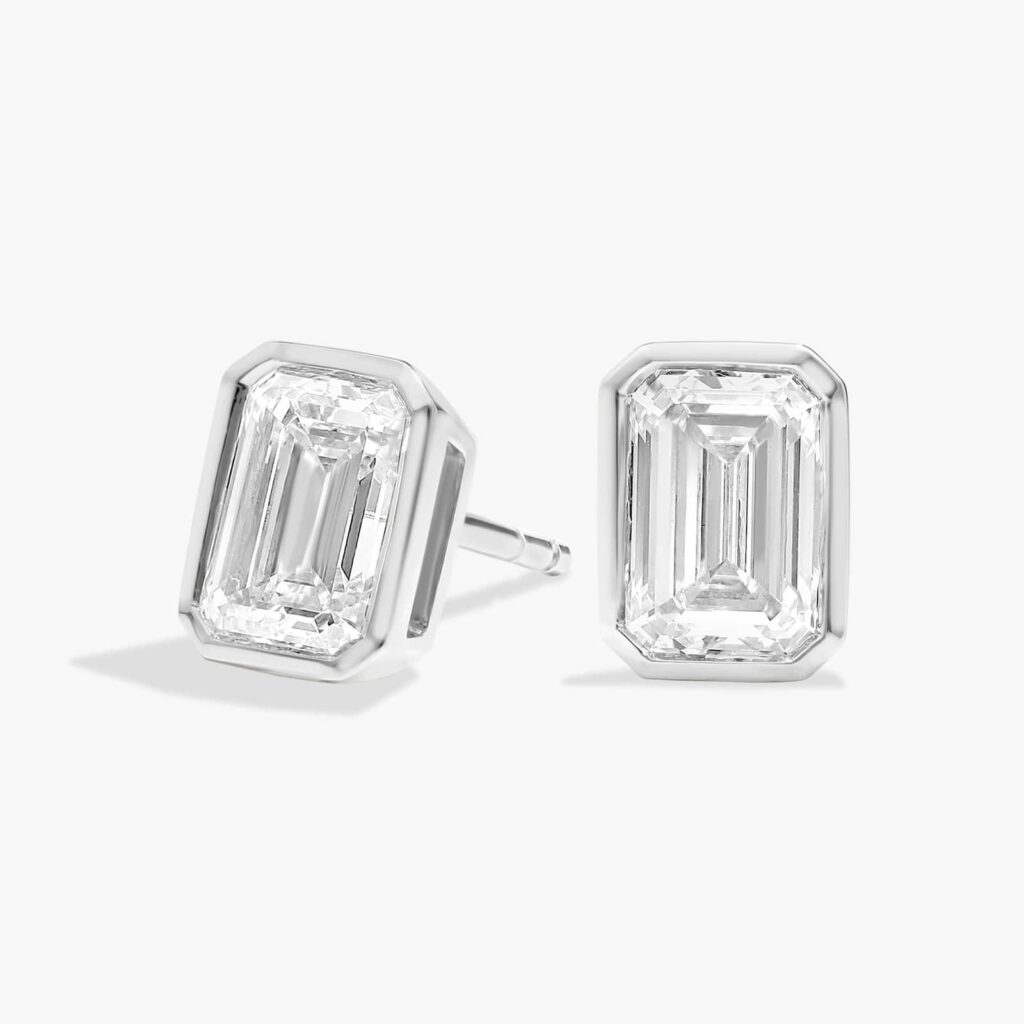JOURNAL
Lab-Grown Diamonds vs. Natural Diamonds: What’s the Real Difference?

Diamonds have long symbolized love, commitment, and timeless beauty—but today’s consumers are asking smarter, deeper questions about where their diamonds come from. The result? A growing spotlight on lab-grown diamonds. So how do they compare to their natural counterparts? And more importantly—which one is right for you?
Let’s explore the science, ethics, sustainability, and value behind both, and uncover why more couples are choosing Lumière’s lab-grown brilliance.
What Are Lab-Grown Diamonds?
Lab-grown diamonds are real diamonds, created in high-tech labs that replicate the Earth’s natural process—but without the environmental toll. Using methods like Chemical Vapor Deposition (CVD) or High Pressure High Temperature (HPHT), scientists grow carbon crystals into diamonds identical to those mined from the Earth.
They share the same:
- Chemical composition
- Crystal structure
- Optical properties
- Hardness (10 on the Mohs scale)
Fact: Even gemologists using traditional tools often can’t tell the difference without advanced lab equipment.
Natural Diamonds: Formed Over Billions of Years
Natural diamonds are created deep within the Earth’s mantle, over billions of years of extreme heat and pressure. They’re brought to the surface through volcanic activity and mined—often in remote and geopolitically sensitive regions.
Though undeniably awe-inspiring, the diamond mining industry has historically raised concerns over:
- Environmental degradation
- Conflict funding
- Human rights abuses
The Ethical and Environmental Divide
This is where lab-grown diamonds shine brightest.
| Aspect | Lab-Grown | Natural |
|---|---|---|
| Environmental Impact | Low | High (land disruption, water use, emissions) |
| Ethical Assurance | 100% conflict-free | Often unclear |
| Supply Chain Transparency | Full traceability | Limited |
| Carbon Footprint | Minimal (especially with renewable energy) | Significant |
Choosing lab-grown supports a cleaner, more transparent industry—without compromising quality or beauty.
Value: More Diamond, Less Cost
One of the most compelling advantages of lab-grown diamonds? Value.
Because they bypass mining and middlemen, they typically cost 30–50% less than comparable natural diamonds. That means:
- You can afford a larger stone
- Better cut, clarity, or color
- Or allocate more budget to a custom design
Smart luxury isn’t about spending more—it’s about choosing better.
Are Lab-Grown Diamonds a Good Investment?
It depends on how you define “investment.”
If you’re thinking about resale value, both lab-grown and natural diamonds depreciate when sold back to retailers. But if your investment is in:
- Sustainability
- Personal value
- The story behind the stone
…then lab-grown wins—ethically, financially, and environmentally.
The Lumière Difference
At Lumière, all diamonds above 0.3 Ct. are independently certified by GIA or IGI, ensuring unparalleled quality and transparency you deserve. Each piece is a celebration of modern brilliance—crafted for those who value beauty with integrity.
Because you shouldn’t have to choose between what’s right and what’s radiant.
Conclusion: Which One Should You Choose?
If you value origin, ethics, sustainability, and exceptional value, lab-grown diamonds offer a future-forward choice without compromise. And with Lumière’s expert craftsmanship and design innovation, your diamond will shine—forever.
Ready to discover your perfect lab-grown diamond?
Explore Lumière’s exclusive collections or design your own dream ring today.
